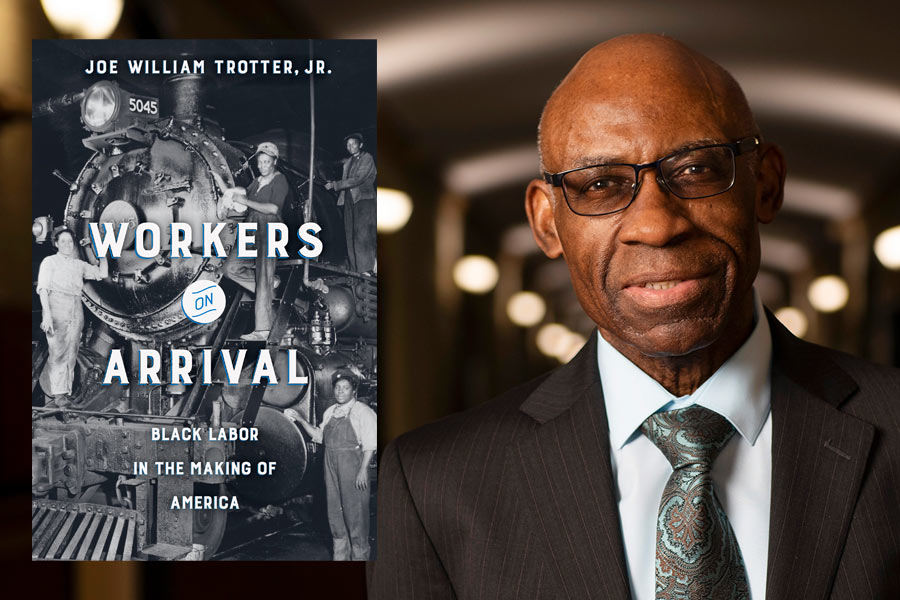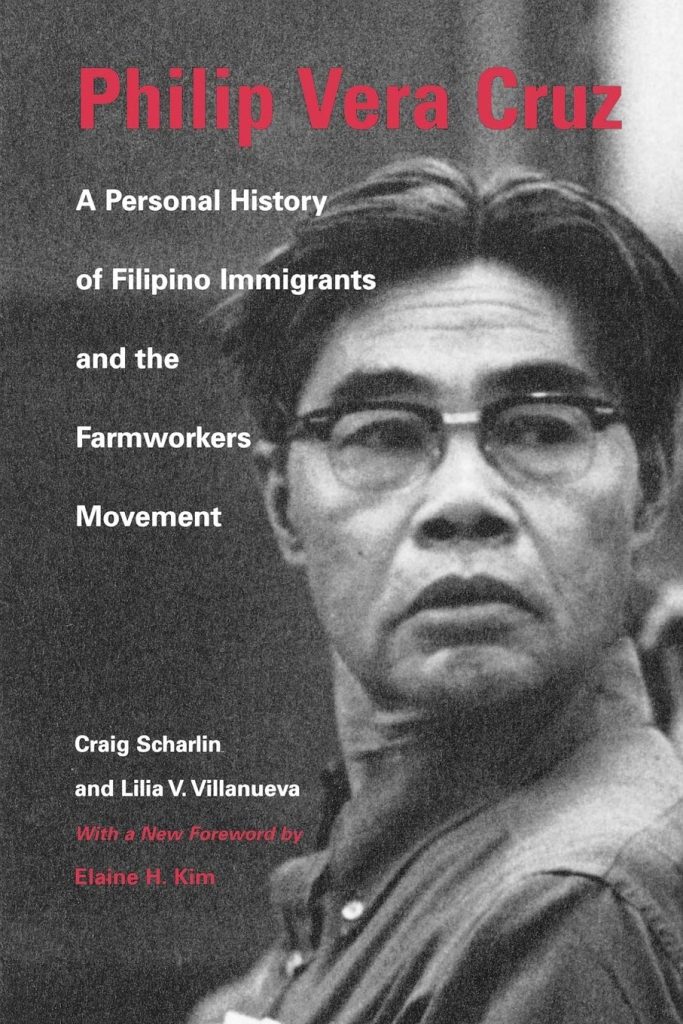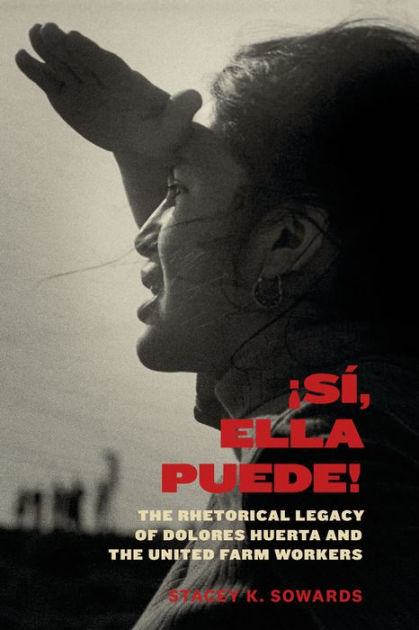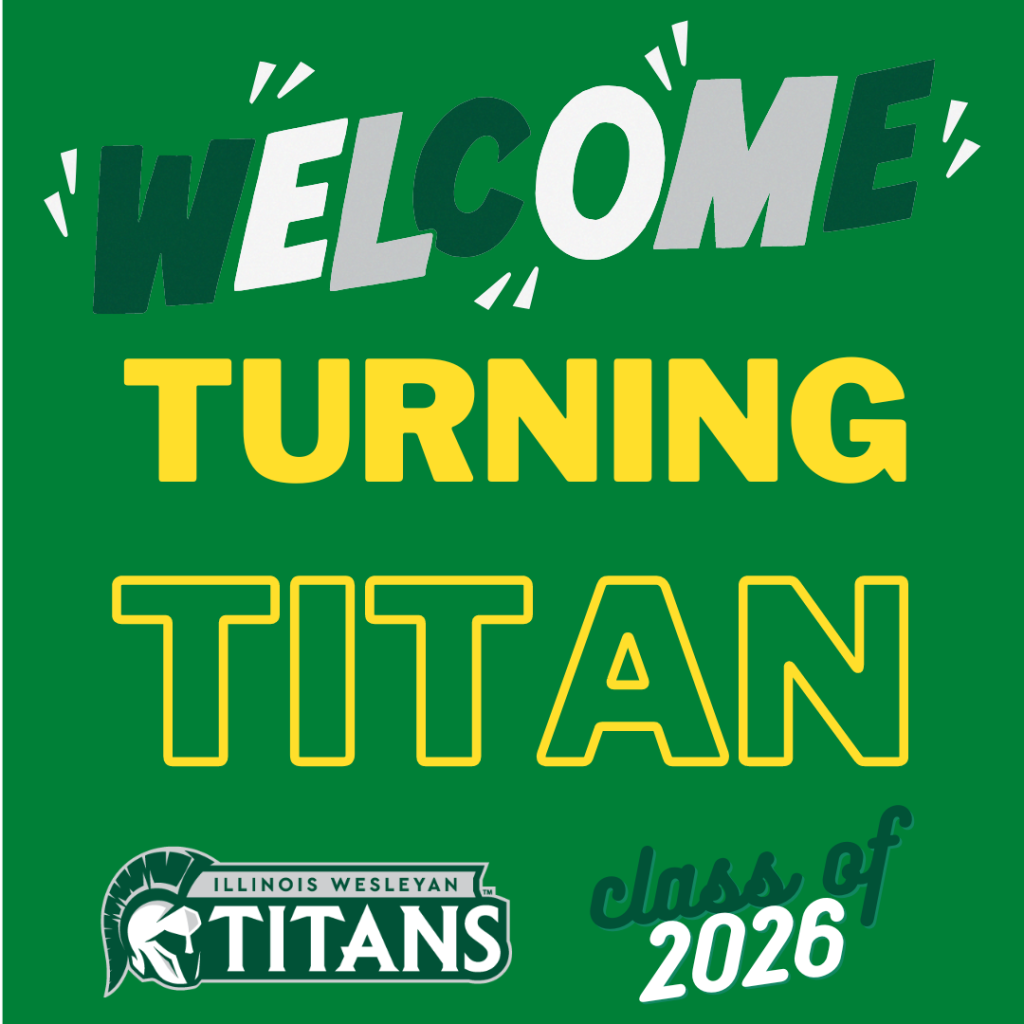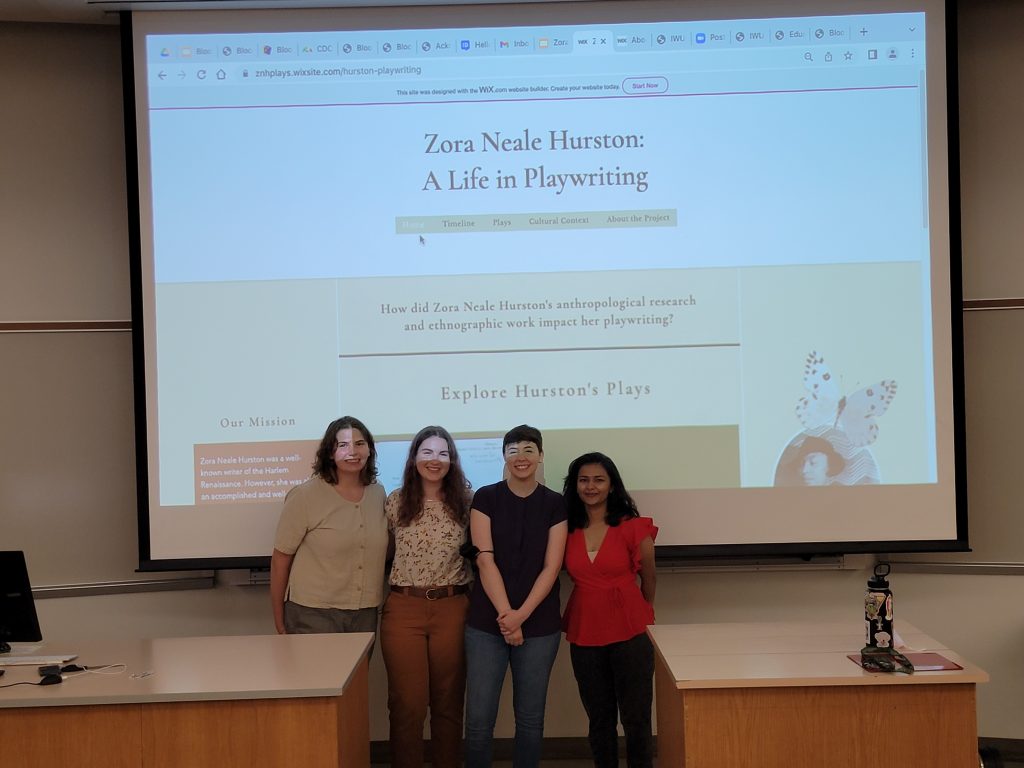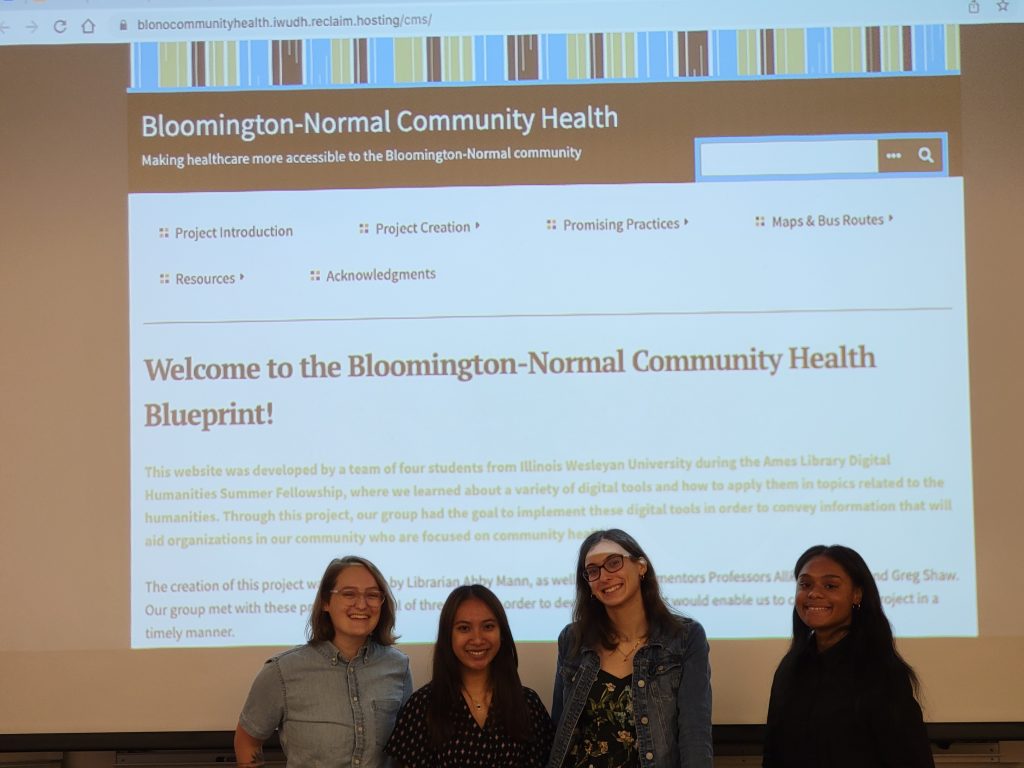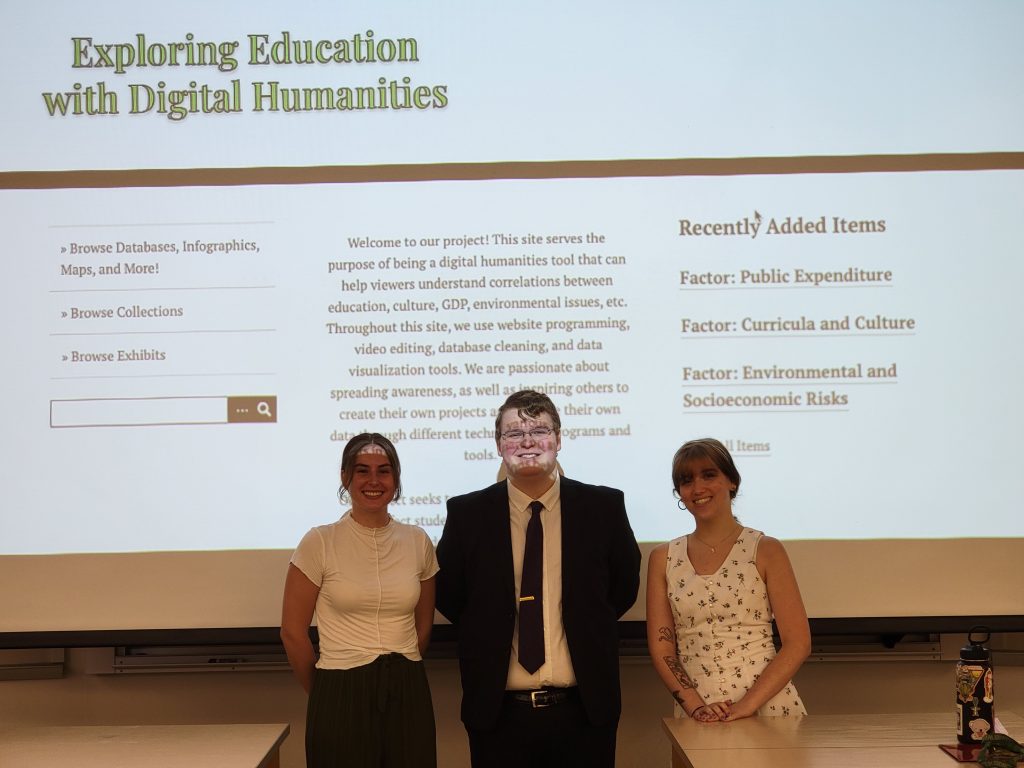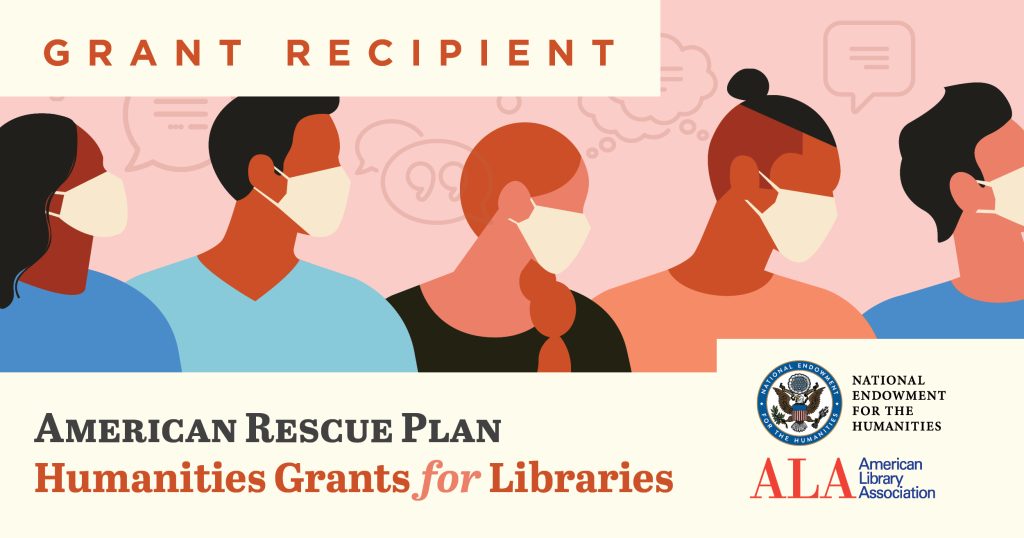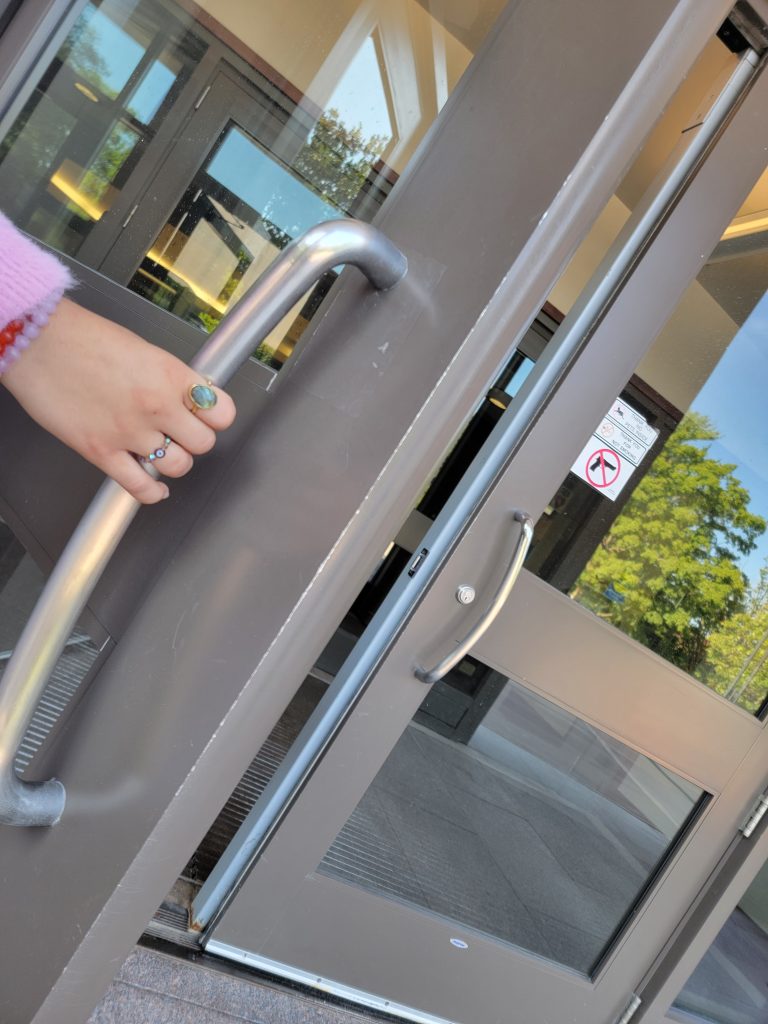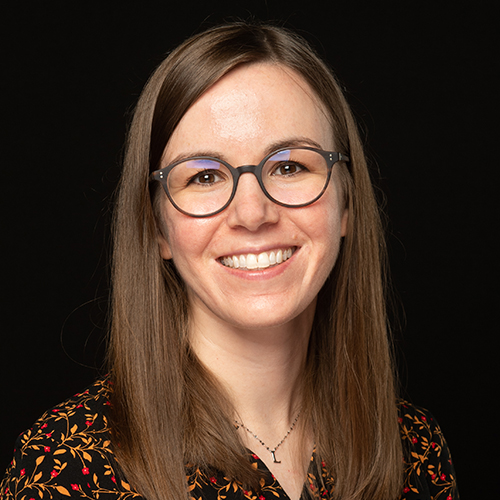We acknowledge that Illinois Wesleyan University rests on land once cared for by native nations including the Kiikaapoi/Kickapoo, Peoria, Očhthi akwiŋ/Sioux, and Myaamia/Miami.
A land acknowledgement, such as the one above, begins with reflection (individual or institutional), is informed by research, and is a recognition of the power place has for Indigenous communities.
The 2022 IWU Annual Intellectual Theme, Power of Place, invites us to reflect on how our thoughts, values, perceptions, and actions are influenced by how we conceptualize a place and our place in the world. How do you conceptualize a place like Illinois Wesleyan while acknowledging the people and nations that were ousted as colonists pushed west?
One way you might start is by researching the Indigenous nations that once cared for this land. Indigenous Peoples: North America is one database you might use. It provides a robust, diverse, informative source that will enhance research and increase understanding of the historical experiences, cultural traditions and innovations, and political status of Indigenous Peoples in the United States and Canada. The Diversity, Equity, and Inclusion Collection from ProQuest Books is another. It includes thousands of selected titles covering Asian Studies, Women’s Studies, Black Studies, Hispanic/Latino Studies, and much more. One such title specific to our area is The Nature of Empires and the Empires of Nature : Indigenous Peoples and the Great Lakes Environment.
You might visit museums or archives dedicated to Indigenous peoples. The American Indian Center is located in Chicago. Their primary mission is to promote fellowship among Chicagoland Native Americans. Their art gallery is open for tours Monday-Friday. While you’re in Chicago, you might also visit the Mitchell Museum of the American Indian. It’s “one of only a handful of museums across the country that focuses exclusively on the art, history, and culture of Native American and First Nation peoples from throughout the United States and Canada. It promotes public understanding of cultural diversity through first voice perspectives.”
Research that you do on your own will only take you so far though. Listening to the stories and voices of Indigenous people is an important next step. Follow activists and Indigenous creators on social media. Watch videos of talks given by elders and leaders.
And attend events held locally, like Dr. Davidson’s presentation on 6 September – the Office of Diversity and Inclusion’s 3D series begins with “Of Place: Viewing Land Acknowledgements through a Diné Matrifocal Lens.” From 4-5:30pm (at Hansen Center Court), Dr. Davidson will discuss how her lived experiences as a Diné woman shaper her views and how place-consciousness serves as a higher education leadership skill.
For more information on why and how to craft a land acknowledgement, check out the Native Governance Center’s website.

